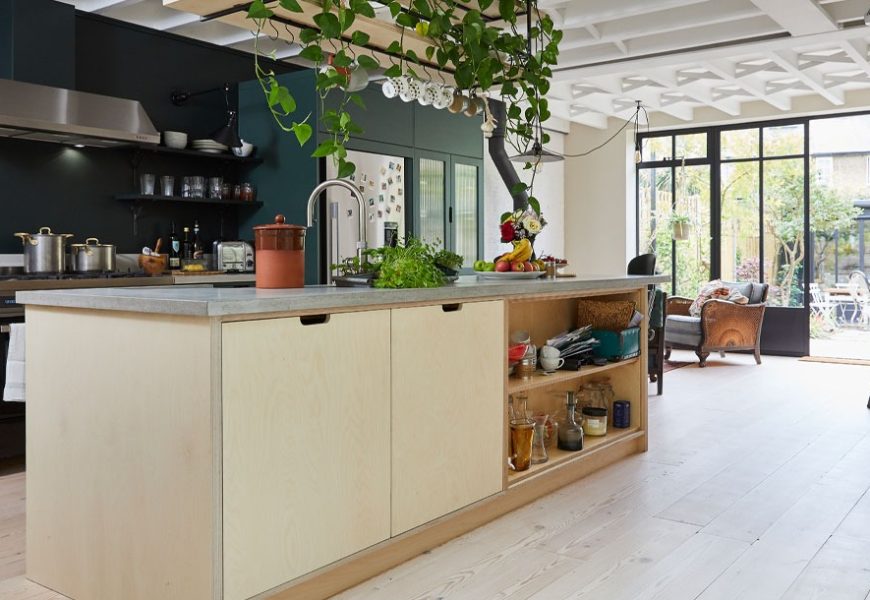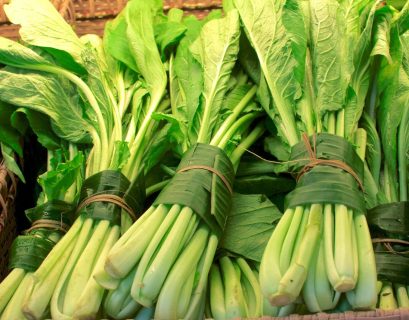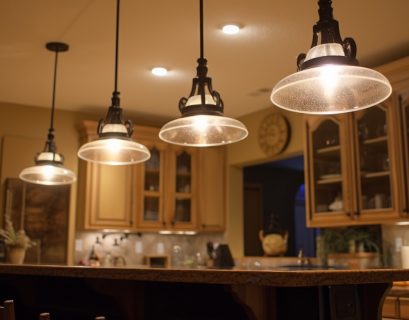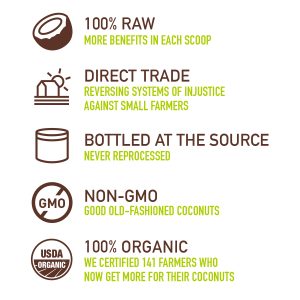The kitchen, often considered the heart of the home, is a space where functionality, aesthetics, and sustainability can seamlessly coexist. As awareness of environmental issues grows, so does the demand for eco-friendly kitchen design and construction practices. In this article, we’ll explore how kitchens can be crafted with a commitment to environmental protection, focusing on the use of sustainable materials and practices that minimize the ecological impact.
1. Sustainable Material Selection:
a. Benefits:
- Reduced Environmental Impact: Choosing sustainable materials minimizes the depletion of natural resources and reduces the environmental impact associated with extraction, processing, and transportation.
- Healthier Indoor Air Quality: Many sustainable materials are low in volatile organic compounds (VOCs), contributing to healthier indoor air quality within the kitchen space.
b. Strategies:
- Bamboo: Bamboo is a rapidly renewable resource that can be used for flooring, cabinets, and countertops. It grows quickly, requires minimal pesticides, and has a lower environmental impact compared to traditional hardwoods.
- Recycled Glass: Utilize recycled glass for countertops and backsplashes. It not only adds a unique aesthetic but also promotes the reuse of materials, reducing the demand for raw resources.
- Reclaimed Wood: Incorporate reclaimed wood for flooring, cabinets, or accent features. Reclaimed wood provides a distinctive character to the kitchen while extending the life of existing materials.
2. Energy-Efficient Appliances:
a. Benefits:
- Lower Energy Consumption: Energy-efficient appliances consume less electricity, contributing to lower energy bills and reduced environmental impact.
- Reduced Greenhouse Gas Emissions: Appliances with high energy efficiency contribute to lower greenhouse gas emissions, aligning with climate-conscious kitchen design.
b. Strategies:
- ENERGY STAR Certification: Choose appliances with ENERGY STAR certification, indicating that they meet or exceed energy efficiency guidelines set by environmental protection agencies.
- Induction Cooktops: Opt for induction cooktops, which are more energy-efficient than traditional electric or gas cooktops. Induction cooking directly heats the pot or pan, wasting less energy in the process.
3. Water-Conserving Fixtures:
a. Benefits:
- Water Conservation: Water-efficient fixtures reduce water consumption, promoting responsible water use and minimizing the environmental impact associated with water extraction and treatment.
- Lower Utility Bills: Conserving water also leads to lower utility bills, providing economic benefits along with environmental advantages.
b. Strategies:
- Low-Flow Faucets: Install low-flow faucets that maintain water pressure while reducing the volume of water released. This helps conserve water without compromising functionality.
- Energy-Efficient Dishwashers: Select dishwashers with water-saving features and energy-efficient modes. Additionally, run dishwashers with full loads to optimize water usage.
4. Sustainable Cabinetry:
a. Benefits:
- Preservation of Forests: Choosing sustainable cabinetry materials helps preserve forests by reducing the demand for traditional hardwoods.
- Lower Environmental Impact: Sustainable cabinetry materials often have a lower environmental impact throughout their life cycle, from production to disposal.
b. Strategies:
- FSC-Certified Wood: Select cabinetry made from wood certified by the Forest Stewardship Council (FSC), indicating that it comes from responsibly managed forests.
- Alternative Materials: Explore alternative materials for cabinetry, such as recycled wood, bamboo, or composite materials made from recycled content.
5. Recycled and Eco-Friendly Countertops:
a. Benefits:
- Reduced Waste: Recycled countertops repurpose materials that would otherwise go to waste, contributing to the reduction of landfill waste.
- Conservation of Resources: Choosing eco-friendly countertops minimizes the extraction of new materials, conserving natural resources.
b. Strategies:
- Recycled Paper Composite: Consider countertops made from recycled paper composite, a material that blends post-consumer recycled paper with resin. It provides a durable and eco-friendly surface.
- Recycled Glass: Recycled glass countertops incorporate glass fragments into a resin or concrete base. This sustainable option adds a unique aesthetic to the kitchen.
6. Natural and Eco-Friendly Flooring:
a. Benefits:
- Improved Indoor Air Quality: Natural flooring materials, such as cork or linoleum, contribute to healthier indoor air quality by emitting fewer VOCs.
- Renewable Resources: Some flooring options, like cork, are derived from renewable resources, making them environmentally friendly choices.
b. Strategies:
- Cork Flooring: Cork is harvested from the bark of cork oak trees, allowing the trees to regenerate. It is a resilient and sustainable flooring option.
- Linoleum Flooring: Linoleum is made from natural materials such as linseed oil, cork dust, and wood flour. It is biodegradable and can be recycled.
7. Efficient Lighting Design:
a. Benefits:
- Reduced Energy Consumption: Energy-efficient lighting reduces electricity consumption, contributing to lower energy bills and a smaller carbon footprint.
- Enhanced Ambiance: Thoughtful lighting design enhances the ambiance of the kitchen, creating a comfortable and inviting space.
b. Strategies:
- LED Lighting: Opt for LED lighting, which is energy-efficient, long-lasting, and available in various color temperatures to suit different atmospheres.
- Natural Light Integration: Maximize natural light by incorporating large windows, skylights, or light wells into the kitchen design. This not only reduces the need for artificial lighting during the day but also enhances the overall aesthetic.
8. Waste Management Solutions:
a. Benefits:
- Reduced Landfill Impact: Effective waste management solutions, such as recycling and composting systems, contribute to reduced landfill impact and promote responsible disposal practices.
- Resource Recovery: Recycling materials from kitchen waste, such as organic matter for compost, supports resource recovery and circular economy principles.
b. Strategies:
- Composting Systems: Integrate composting systems into the kitchen design to manage organic waste. Composting reduces the amount of kitchen waste sent to landfills while producing nutrient-rich compost for gardens.
- Recycling Stations: Designate recycling stations for glass, paper, plastic, and metal. Clearly labeled bins make it easy for occupants to separate recyclables from general waste.
9. Energy-Efficient HVAC Systems:
a. Benefits:
- Lower Energy Consumption: Energy-efficient heating, ventilation, and air conditioning (HVAC) systems reduce overall energy consumption, contributing to a more sustainable kitchen environment.
- Improved Air Quality: Efficient HVAC systems enhance indoor air quality by regulating temperature, humidity, and ventilation.
b. Strategies:
- Smart Thermostats: Install smart thermostats that optimize heating and cooling based on occupancy and usage patterns, reducing energy waste.
- Natural Ventilation: Incorporate natural ventilation strategies, such as operable windows and exhaust fans, to enhance airflow and reduce reliance on mechanical HVAC systems.
10. Green Certifications and Standards:
a. Benefits:
- Credibility and Accountability: Green certifications and standards provide credibility to eco-friendly kitchen designs, demonstrating a commitment to sustainable practices.
- Guidance for Decision-Making: Adhering to established certifications and standards offers guidance for decision-making, ensuring that the design and construction align with recognized sustainability criteria.
b. Strategies:
- LEED Certification: Consider pursuing Leadership in Energy and Environmental Design (LEED) certification for your kitchen design. LEED is a globally recognized green building rating system that evaluates the environmental performance of buildings and encourages sustainable practices.
- Energy Star for Homes: If applicable, explore Energy Star for Homes certification, which focuses on energy-efficient design and construction practices.
Conclusion:
Designing and constructing an eco-friendly kitchen involves a thoughtful and holistic approach that considers materials, appliances, energy systems, and waste management. By prioritizing sustainable practices and materials, homeowners, designers, and builders can create kitchens that not only enhance the functionality and aesthetics of the space but also contribute to a healthier planet. As the demand for sustainable living continues to rise, the kitchen can serve as a beacon of innovation, demonstrating that environmental protection and culinary creativity can harmoniously coexist in our daily lives.

















